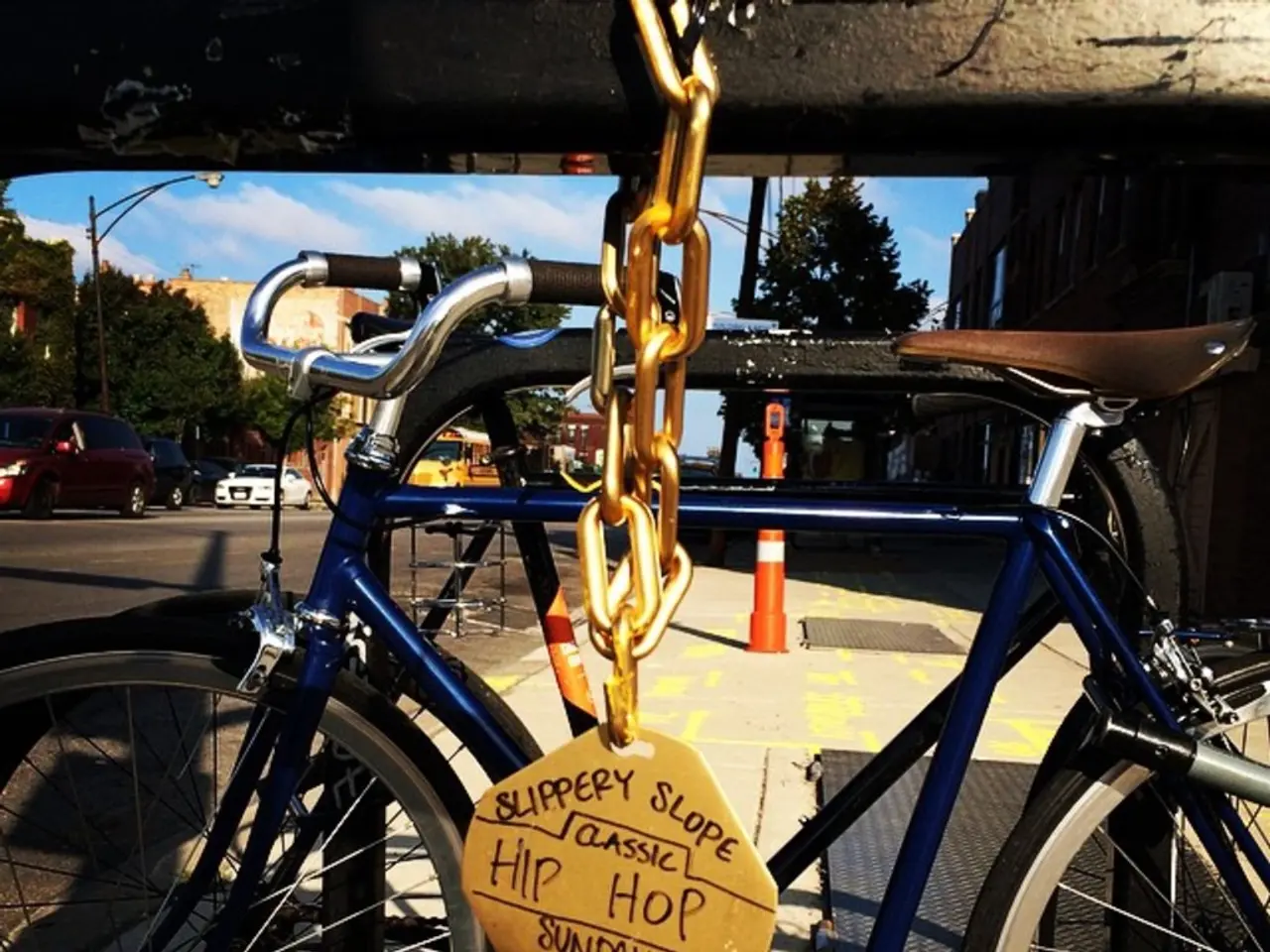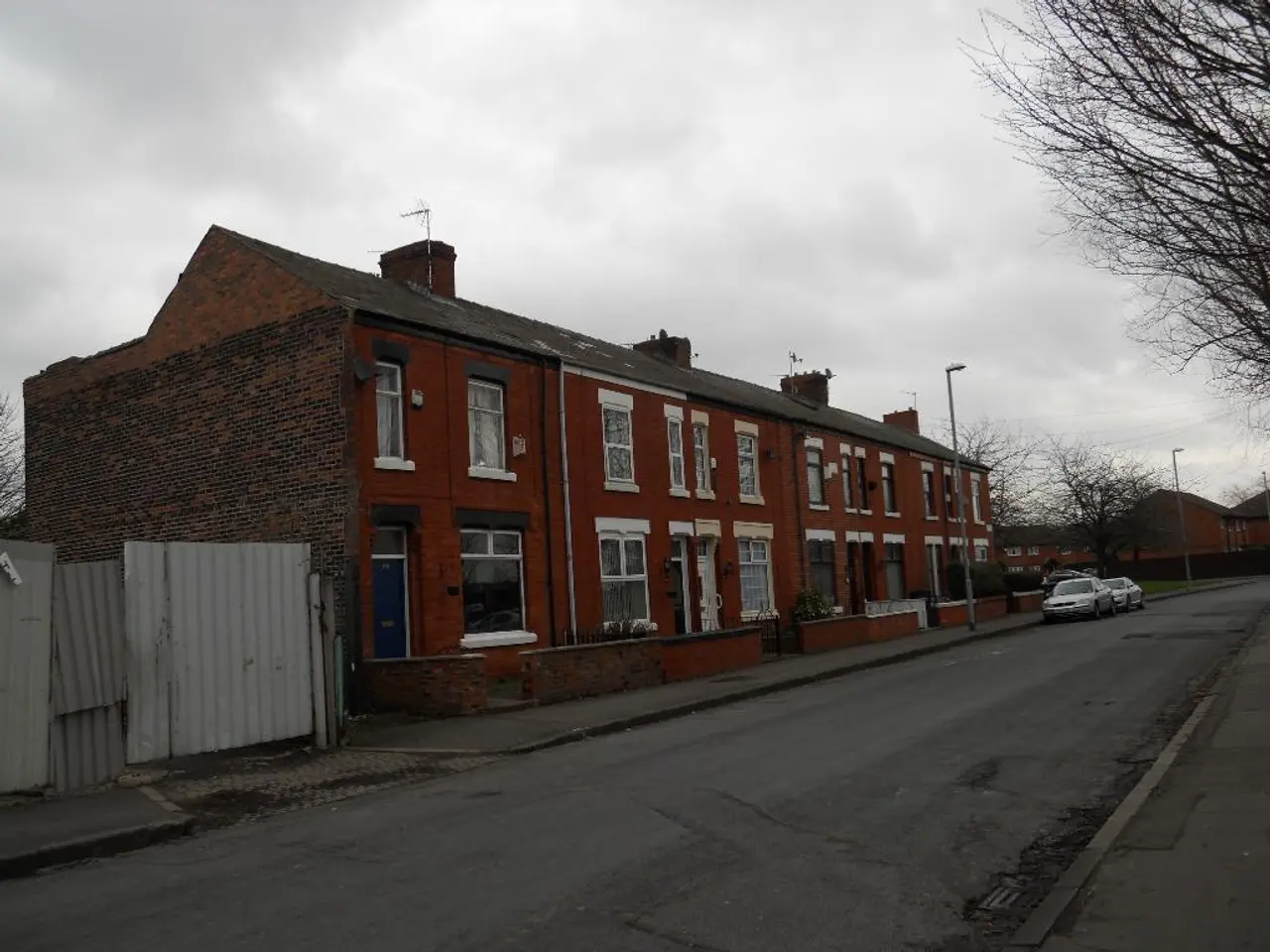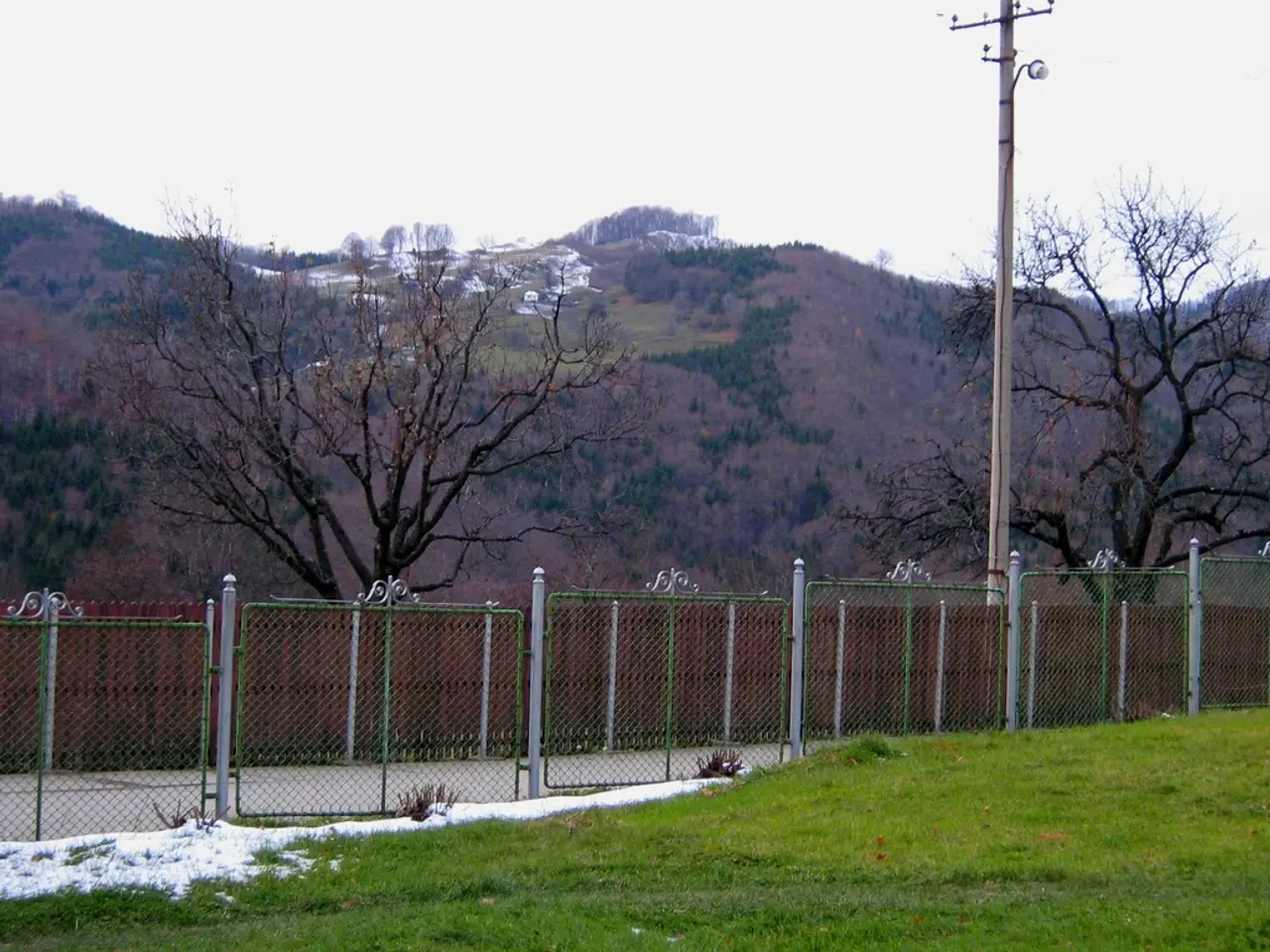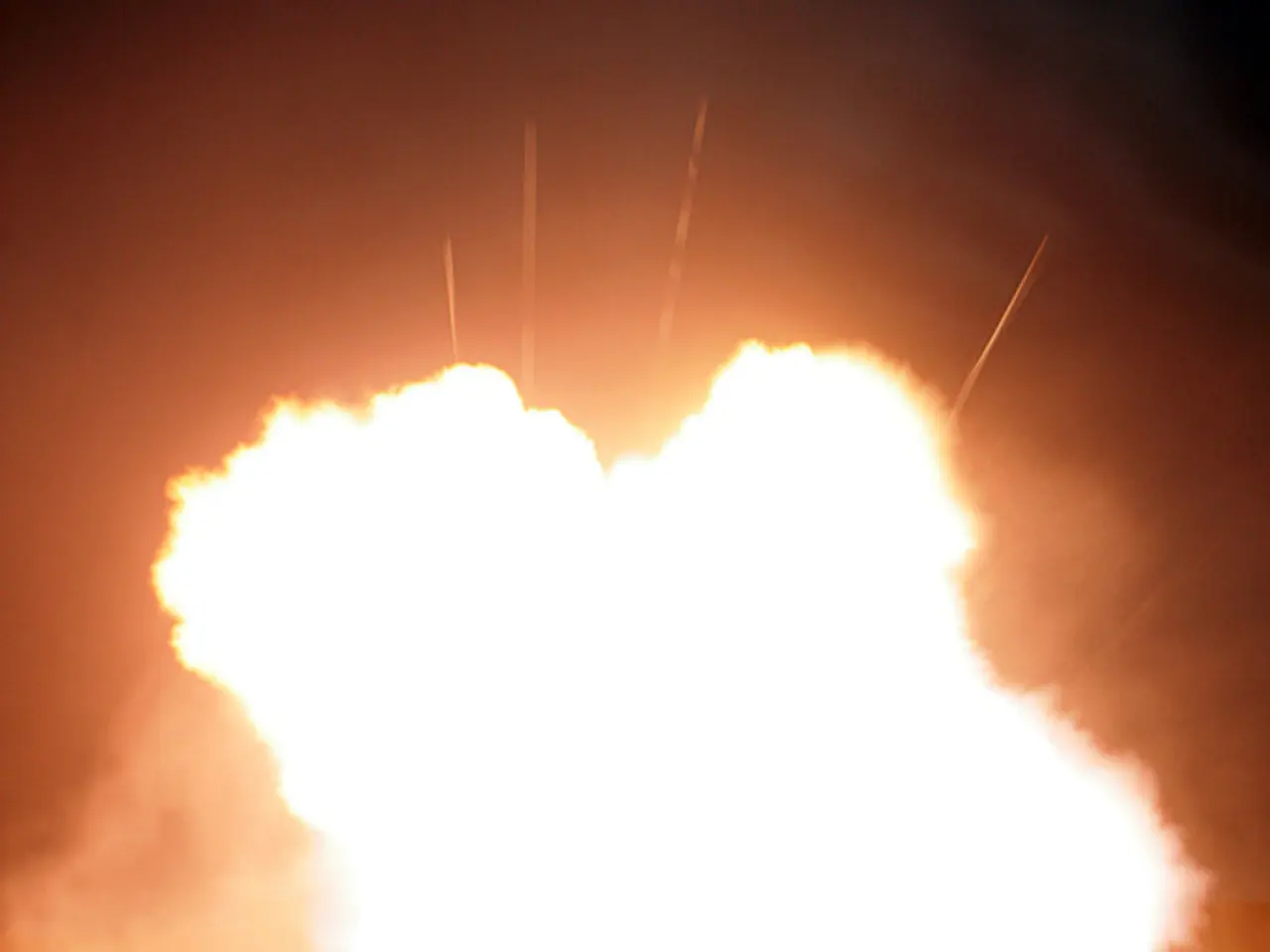Footage: Heavy Vehicle Struggles in Deep Crater Formed by Collapsed Street Segment in Delhi
Heavy Rain Causes Road Collapse in Delhi's Nabi Karim Area, No Casualties Reported
Delhi and the National Capital Region (NCR) have been experiencing heavy downpours in recent days, leading to widespread waterlogging, road collapses, and traffic disruptions. The latest incident occurred in Delhi's Nabi Karim area, where a truck sank into the ground at Neem Wala Chowk on Qutub Road.
Fortunately, no casualties or injuries were reported in the incident. However, the locals expressed concern over the deteriorating road conditions, with resident Mohammad Alam calling for authorities to inspect road conditions, especially during rains.
The India Meteorological Department (IMD) predicted light to moderate rainfall accompanied by light thunderstorms and lightning in NCR, including Bahadurgarh, Manesar. According to the IMD, light rainfall is expected to occur over the entire Delhi-NCR, including Loni Dehat, Hindon AF Station, Ghaziabad, Indirapuram, Chhapraula, Noida, Greater Noida, Gurugram, Faridabad, and Ballabhgarh.
The Public Works Department (PWD) officials arrived at the scene following the incident, and another resident called for a crane to remove the sunken truck.
Recent road collapses in Delhi during heavy rains have been primarily caused by poor infrastructure, inadequate drainage systems, and substandard construction quality, all worsened by intense and prolonged rainfall during the monsoon season.
In Gurugram, a road caved in swallowing an entire truck, pointing to hollow ground beneath the road with water flowing underneath, indicating poor construction and underlying infrastructure vulnerabilities.
Authorities, including the PWD, face political pressure to improve city preparedness and infrastructure resilience as further heavy rains are forecasted. Preventive measures recommended and under consideration involve upgrading and expanding urban drainage and sewage systems, strict quality control and monitoring of road construction projects, conducting regular inspection and maintenance of roads and vulnerable infrastructure, better urban planning integrating climate resilience and sustainable development, and prompt response and repair mechanisms post-rainfall.
These events highlight the need for urgent governance action to enhance construction standards, drainage, and maintenance to reduce future risk. The key causes identified are poor drainage infrastructure leading to severe waterlogging during heavy rain, crumbling or hollow roadbeds due to substandard construction materials and methods, lack of regular maintenance and inspection exacerbating vulnerabilities, and unplanned urbanization placing pressure on existing infrastructure.
Concerns arising from these events include serious safety hazards for commuters due to sudden road collapses, major traffic disruptions and economic losses, undermining public trust in civic authorities and governance, and increased risk to emergency services during monsoons.
- Given the increasing number of car-accidents caused by road collapses and poor infrastructure during heavy rain in Delhi-NCR, there is a need for the general news media to highlight the importance of weather forecasting and the role it plays in preparing the public for potential risks.
- In light of the recent weather pattern in Delhi-NCR, with the India Meteorological Department (IMD) predicting more light to moderate rainfall, it is crucial for authorities to address the vulnerabilities in the road infrastructure, particularly focusing on drainage, construction quality, and maintenance, to prevent further car-accidents and traffic disruptions.








